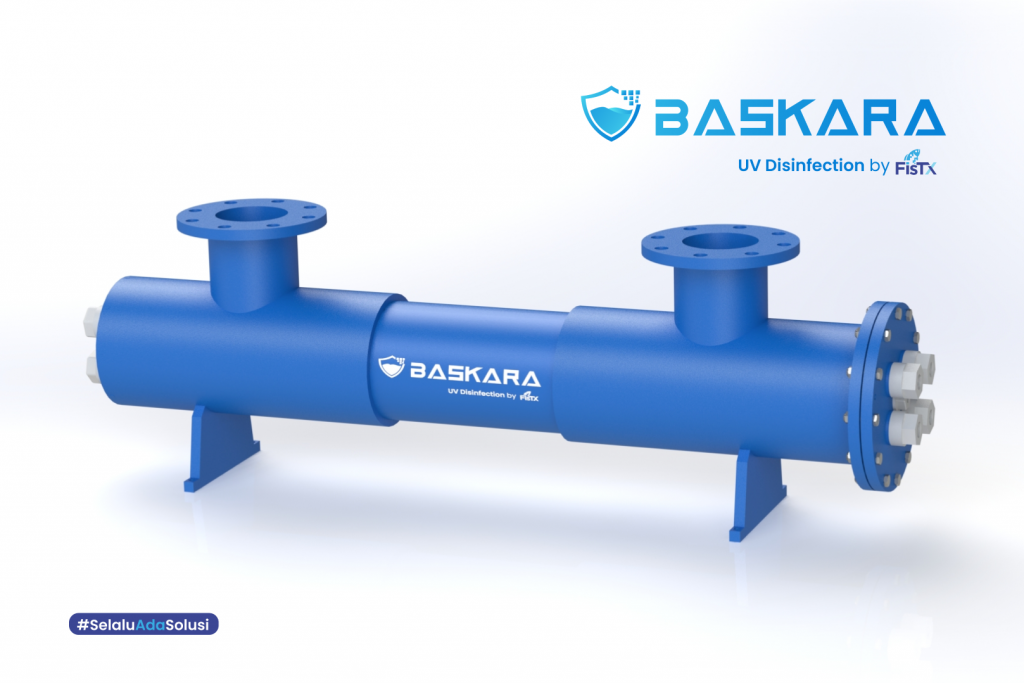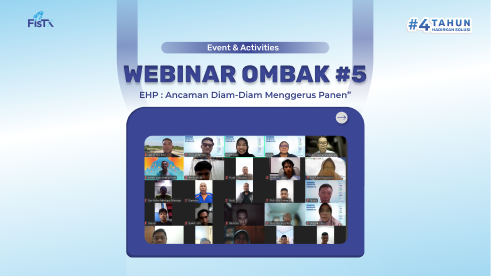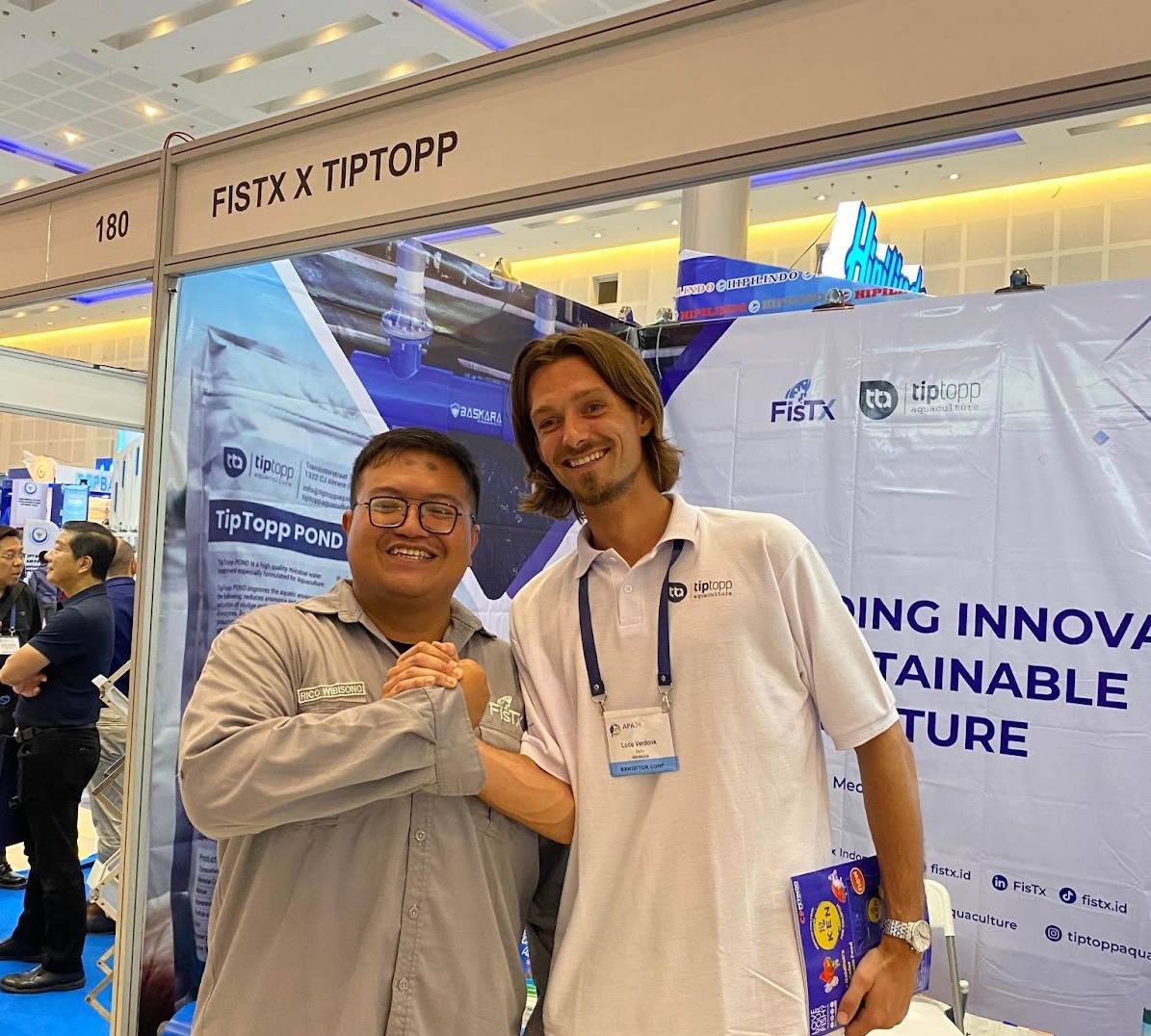
UV in Shrimp Ponds: What is the Effective Dosage to Eliminate Pathogens?
Decrease in Shrimp Cultivation Productivity
Shrimp ponds in Indonesia have experienced a decrease in productivity due to diseases affecting shrimp. This is supported by data from 2009 which stated that productivity was only around 299 thousand tons, lower than the previous year's 400 thousand tons (Gusmawati et al., 2018). One common disease affecting shrimp is luminescent shrimp disease caused by the bacterium Vibrio harveyi. This type of bacterium is an opportunistic pathogen in aquatic environments and symbiotically interacts with shrimp or marine commodities. When the water is unstable or, in other words, has poor water quality, this bacterium becomes pathogenic.
Once this bacterium becomes pathogenic, its population can increase by thousands of times, causing shrimp mortality of up to 100%. Various efforts have been made to control bacterial infections, but they have not been able to completely eliminate pathogens in ponds or hatcheries. Therefore, disease management strategies are needed, one of which is disinfecting water using modern equipment such as ultraviolet (UV) light for shrimp pond purposes.
UV Technology Utilization
The use of UV light in shrimp ponds has become one option because it has been proven effective in inactivating various microorganisms without leaving toxic residues. Gram-positive and gram-negative bacteria die at UV doses of 4-20 mJ/cm2. However, some types of viruses and aquatic bacteria require higher-quality UV lamps, as seen in the image below:

From the above image, it can be concluded that UV light is capable of degrading various types of viruses, bacteria, and fungi at different doses. UV doses of 100 – 101 mJ/cm2 can degrade viruses and bacteria such as IHNV, PFRV, RSIV, SVCV, EVA, EVEX, OMV, CCV, HIRRV, LCDV, H. salmonis, as well as bacteria A. salmonicida, Vibrio anguillarum. At UV doses of 101– 102 mJ/cm2, it can degrade viruses, bacteria, and fungi including IPNV, CSV, BF-NNV, and bacteria R. Salmoninarum, E. seriolicida, as well as fungi Ceratomyxa, myxosoma, saprolegnia (zoospore). Meanwhile, at UV doses of 102-103 mJ/cm2, it can degrade fungi and micro-parasites such as Chilodonella, Saprolegnia (hyphae), Costia, Trichodina, Scuticociliatida. With evidence of the effectiveness of UV at the mentioned levels, there is no doubt about using UV in shrimp cultivation processes.
Baskara by FisTx: Eliminating Pathogens More Accurately and Economically

In shrimp cultivation, diseases are the most concerning issue for farmers. The use of chemicals tends to have harmful effects and is more expensive. The use of Baskara can eliminate pathogens more effectively and reduce disinfection costs by up to 80%. Use Baskara by FisTx now before shrimp diseases strike.
Interested in using Baskara? Now is the time to be wiser in cultivation. Consultation on using Baskara can be done directly by contacting our team.

Read More Articles

Unveiling Strategies to Combat the Threat of EHP Disease in Shrimp Farming
02 July 2025

FisTx, Indonesian aquaculture startup, showcases its partnership with TipTopp Aquaculture at the Asia Pacific Aquaculture 2024.
23 August 2024

Reducing Ammonia in Shrimp Cultivation with Nitrifying Bacteria
15 February 2024